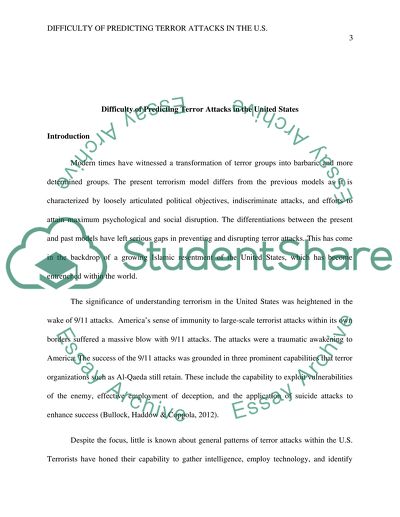Cite this document
(“Difficulty of Predicting Terror Attacks in the United States Essay”, n.d.)
Difficulty of Predicting Terror Attacks in the United States Essay. Retrieved from https://studentshare.org/law/1399471-difficulty-of-predicting-terror-attacks-in-the
Difficulty of Predicting Terror Attacks in the United States Essay. Retrieved from https://studentshare.org/law/1399471-difficulty-of-predicting-terror-attacks-in-the
(Difficulty of Predicting Terror Attacks in the United States Essay)
Difficulty of Predicting Terror Attacks in the United States Essay. https://studentshare.org/law/1399471-difficulty-of-predicting-terror-attacks-in-the.
Difficulty of Predicting Terror Attacks in the United States Essay. https://studentshare.org/law/1399471-difficulty-of-predicting-terror-attacks-in-the.
“Difficulty of Predicting Terror Attacks in the United States Essay”, n.d. https://studentshare.org/law/1399471-difficulty-of-predicting-terror-attacks-in-the.


